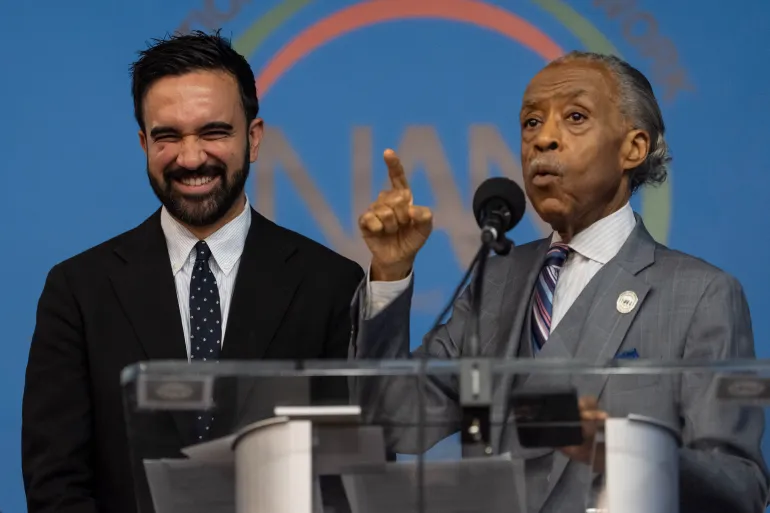Early Saturday morning, New York City mayoral candidate Zohran Mamdani stepped on stage in the historically Black neighbourhood of Harlem.
His message was a familiar one: that he would be the best candidate to fight for the city’s marginalised and working classes.
“There have been many a question as to whether this city will simply become a museum of a place that once was — a museum of where working people could thrive,” Mamdani told the crowd.
On June 24, Mamdani scored an upset, winning New York City’s Democratic mayoral primary over frontrunner Andrew Cuomo, a former governor.
Just this Tuesday, the round-three results were released, showing Mamdani with a whopping 56 percent of the ranked-choice vote, dwarfing Cuomo’s 44 percent.
That dominant performance sent ripples around the United States political sphere. But it also led to scrutiny about where Mamdani’s weaknesses may lie.
Preliminary results suggest that Mamdani struggled in lower-income neighbourhoods like Brownsville and East Flatbush, where Cuomo took a marked lead.
In both of those areas, more than 60 percent of residents are Black. The neighbourhoods also share high poverty rates, with Brownsville at 32.4 percent and East Flatbush at 18.9, compared with the citywide rate of 18.2 percent.
One widely cited analysis from The New York Times found that 49 percent of precincts with a low-income majority tilted towards Cuomo, compared with 38 percent for Mamdani.
In precincts with a majority of Black residents, the pro-Cuomo number rose to 51 percent.



